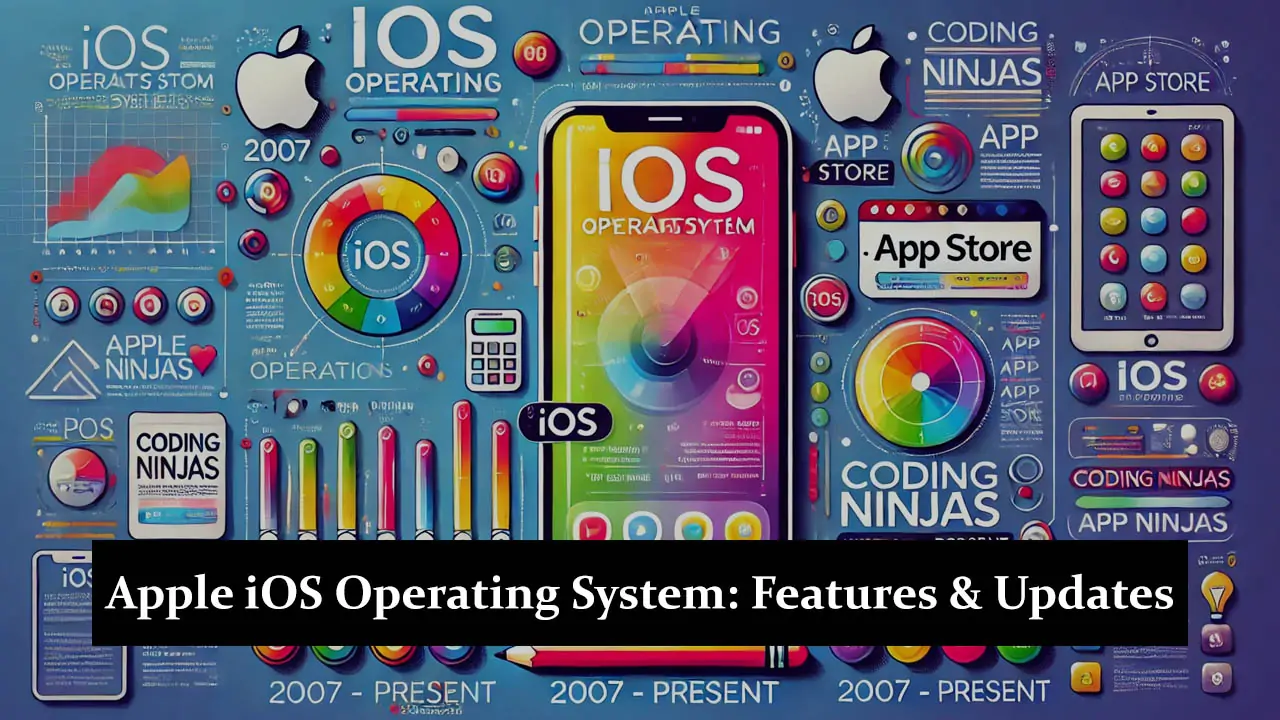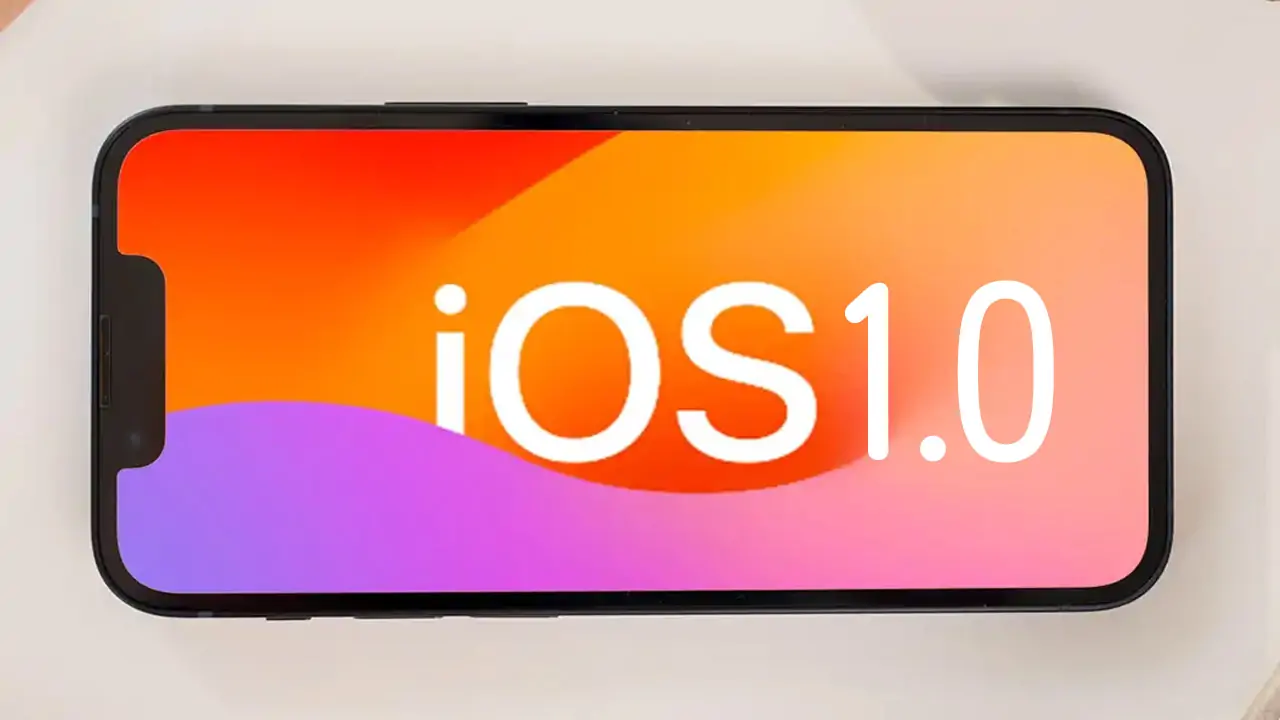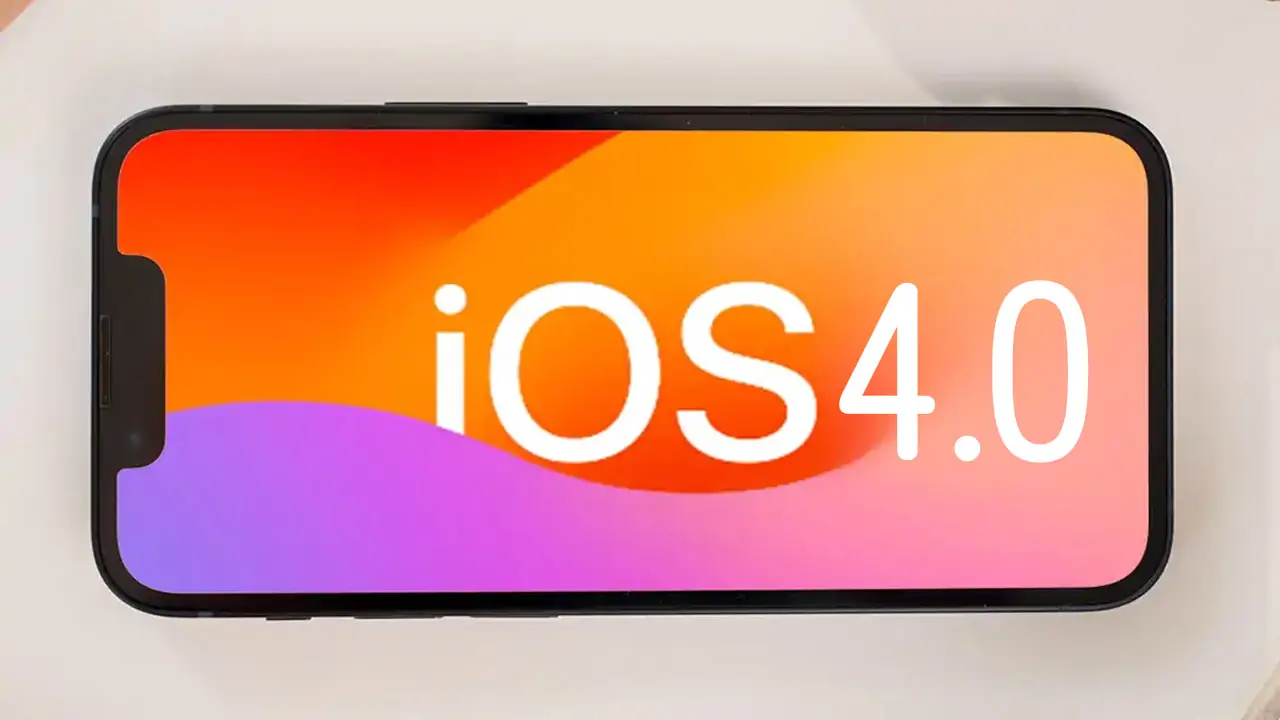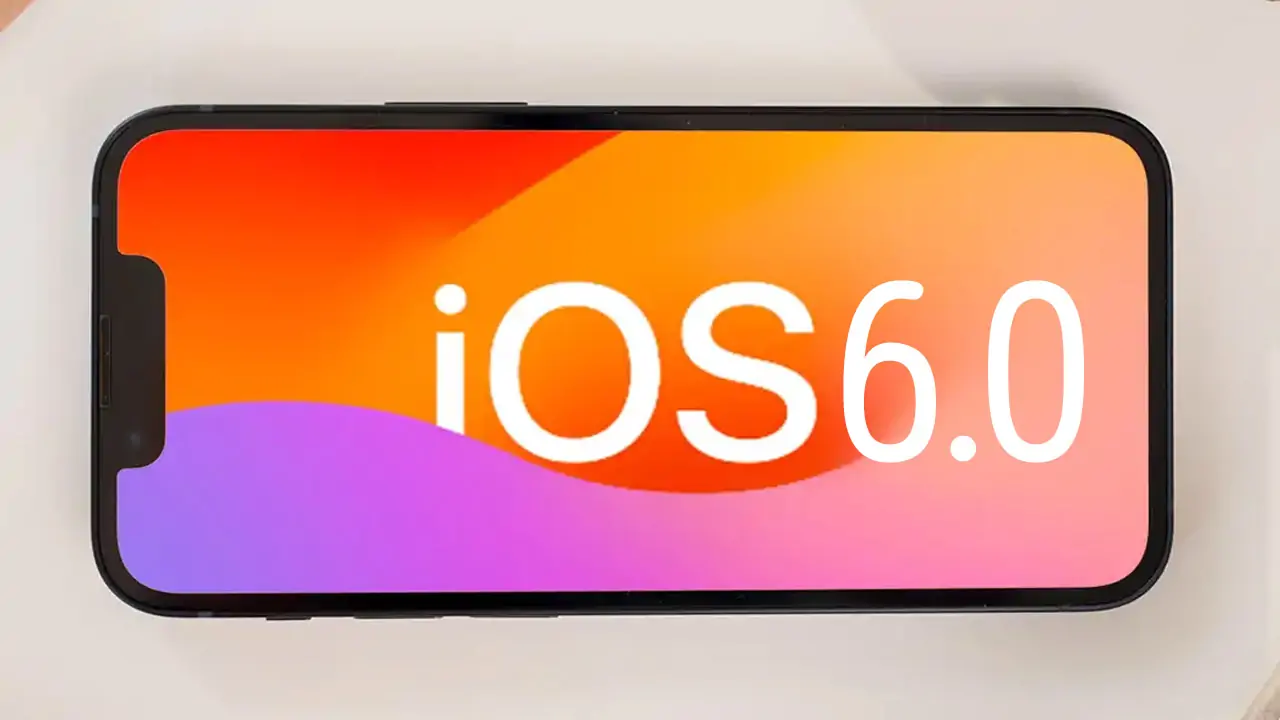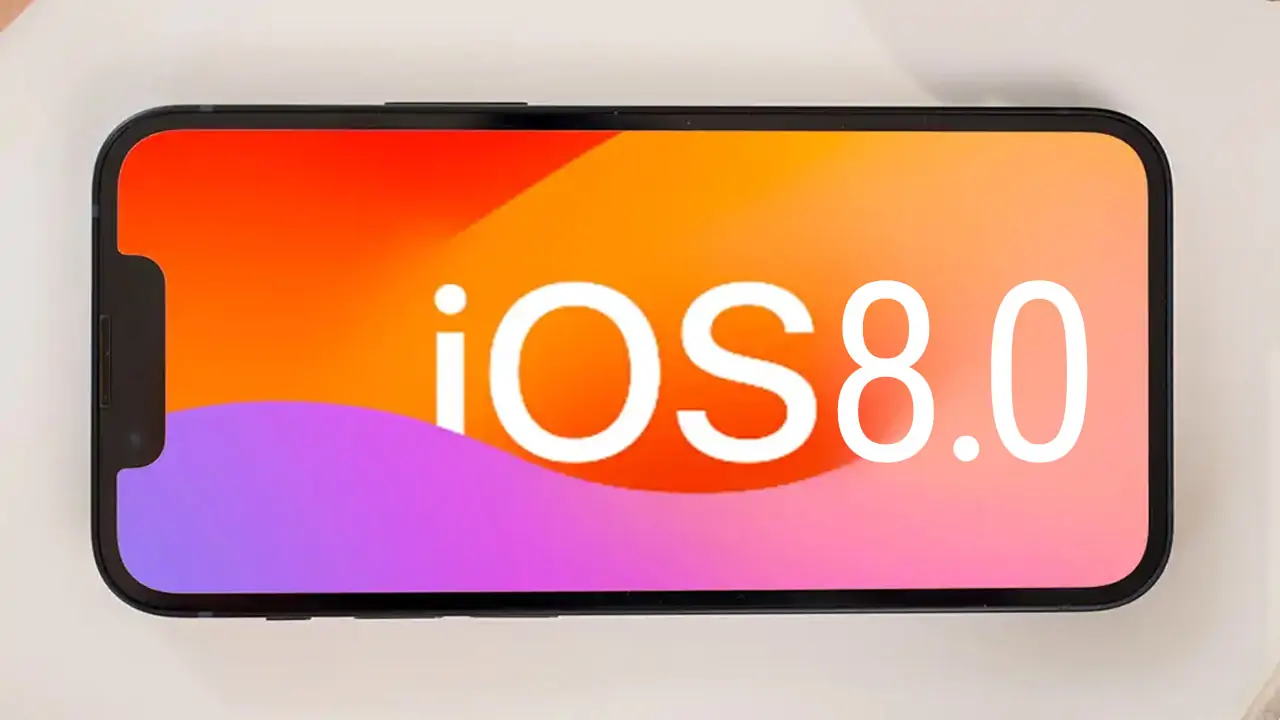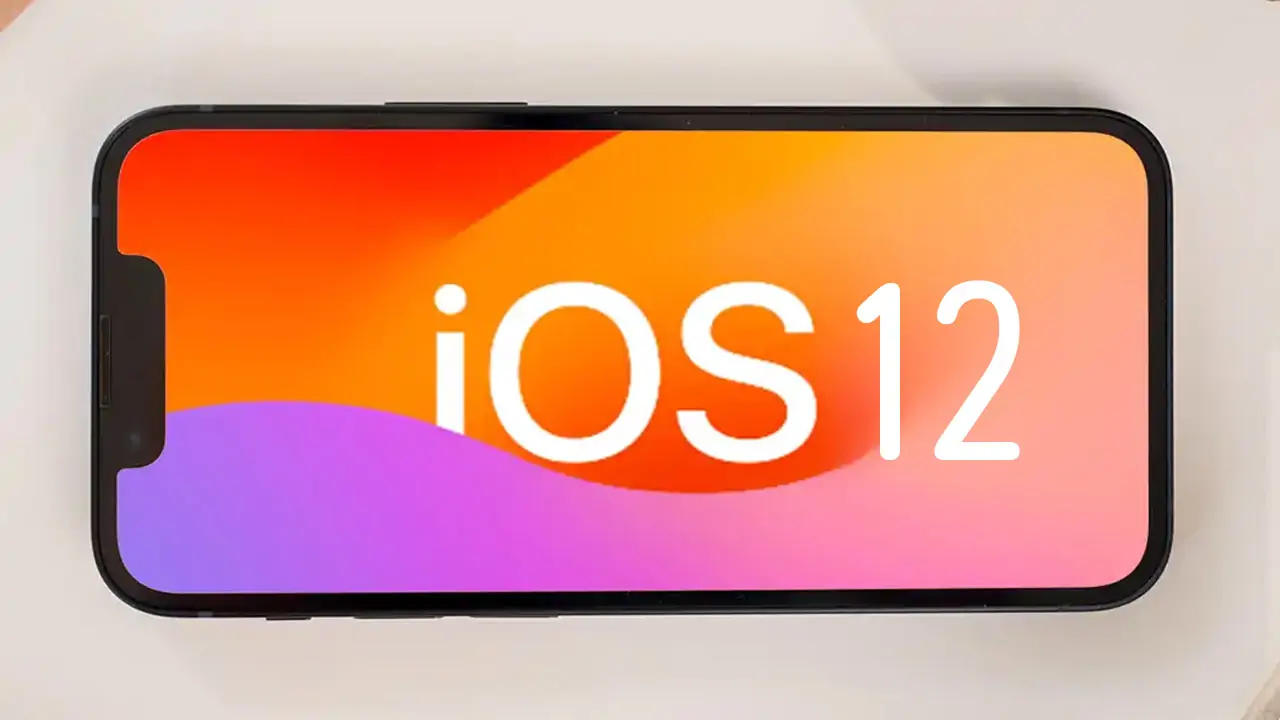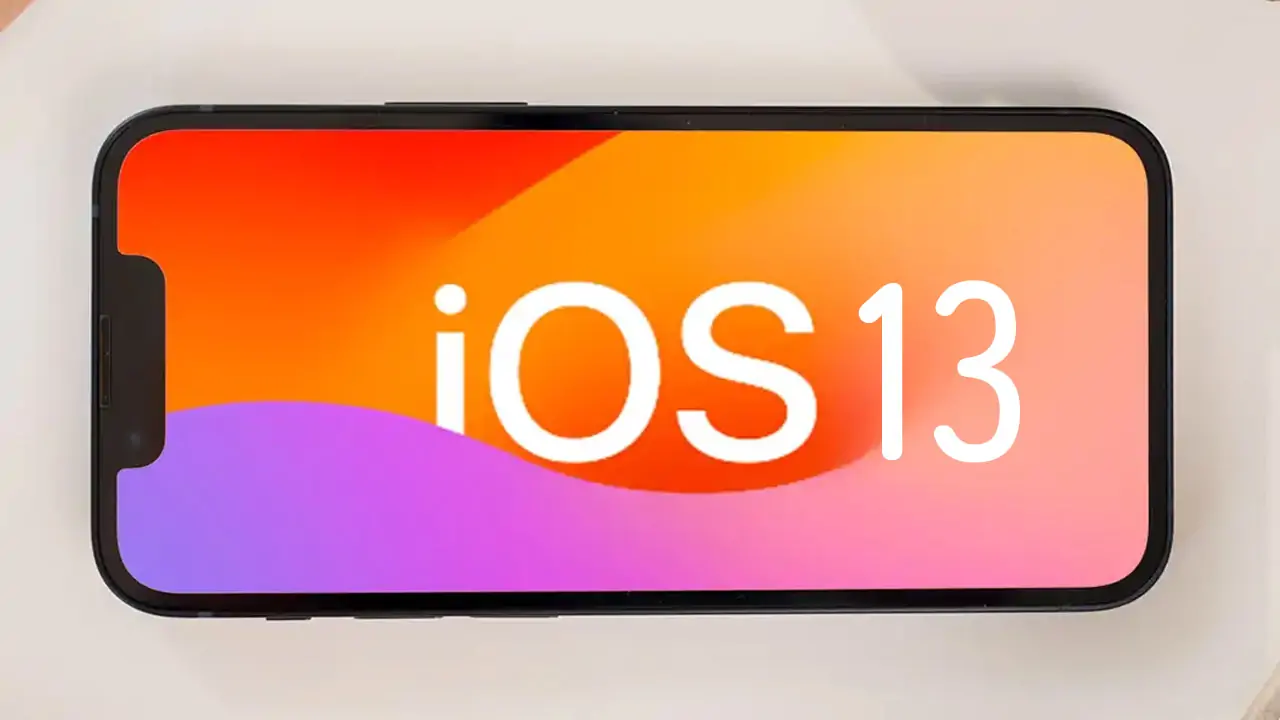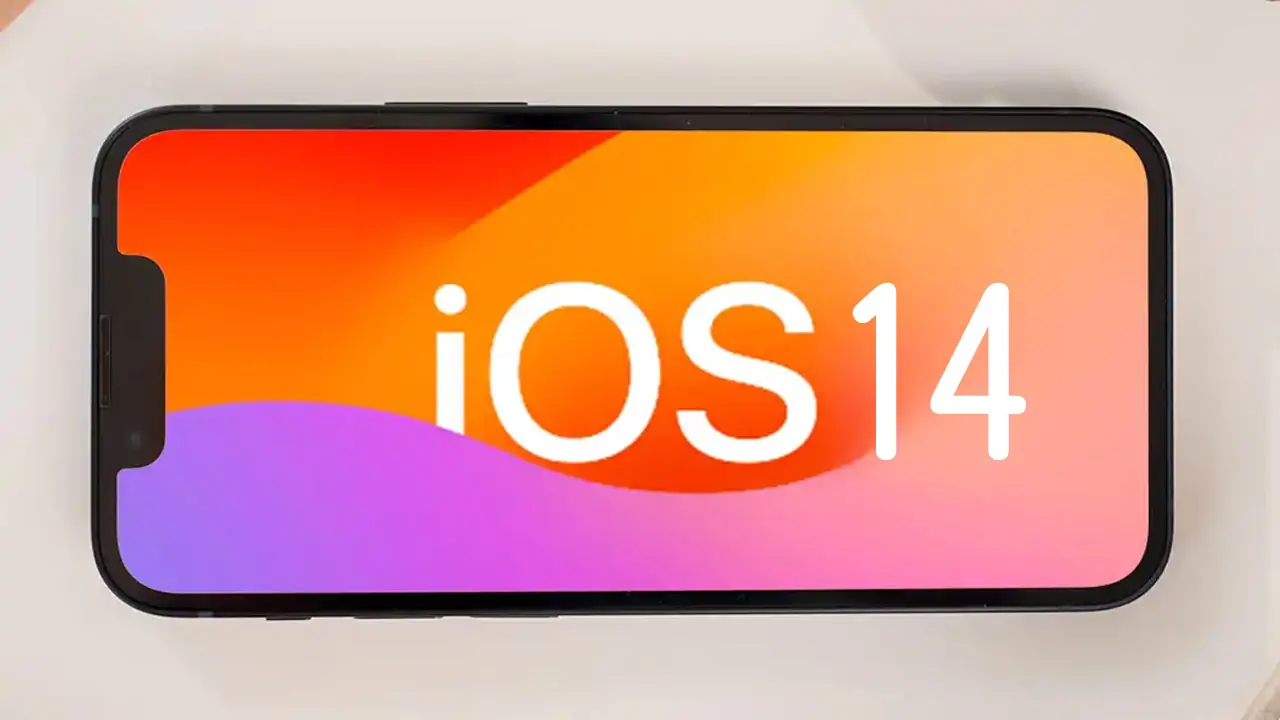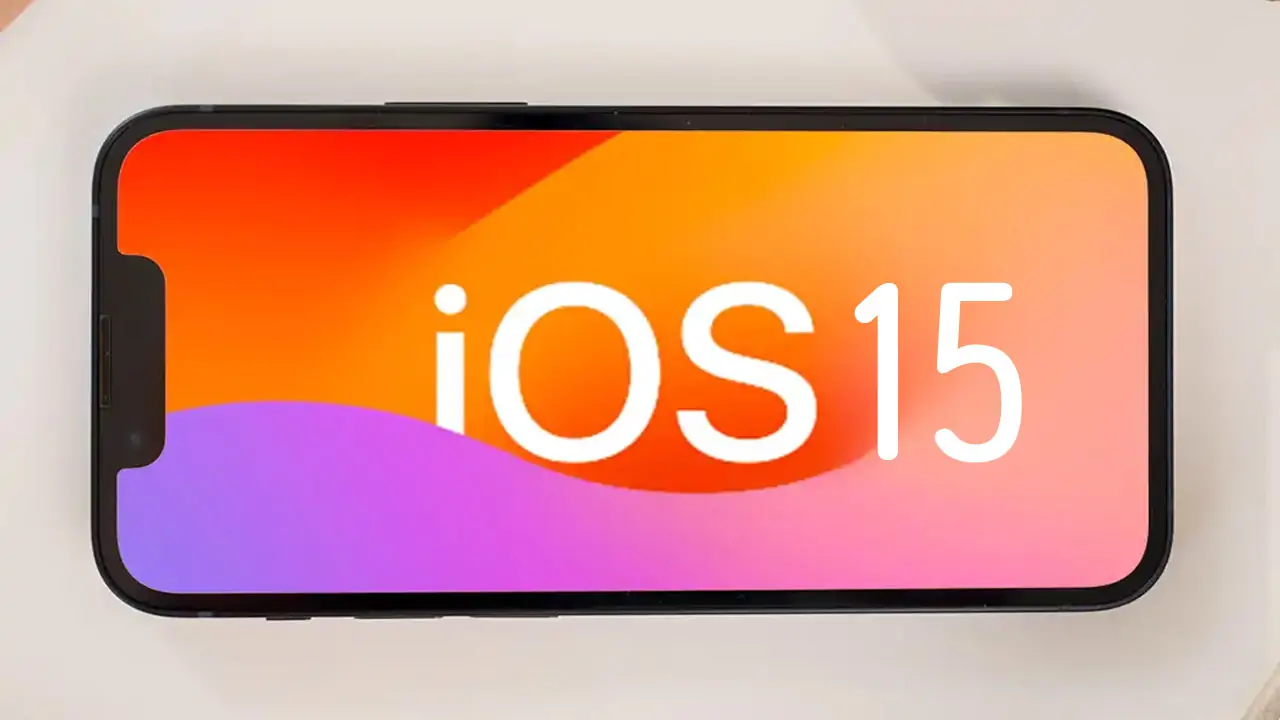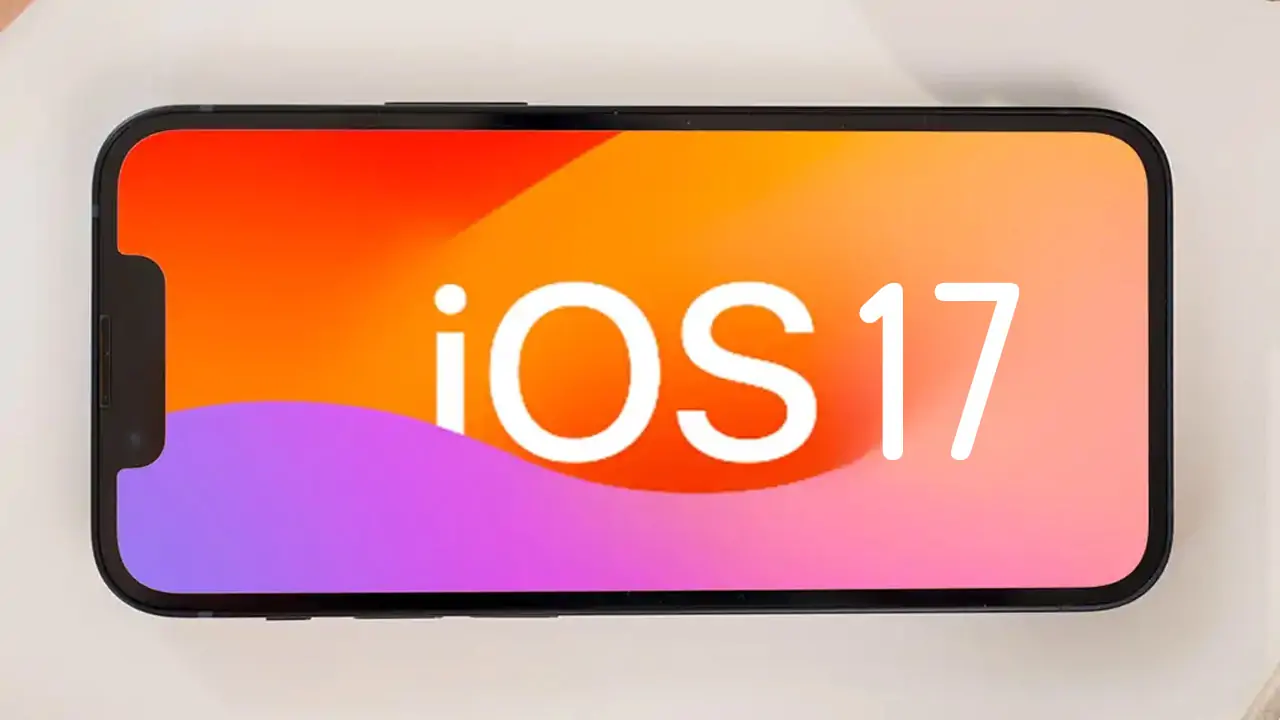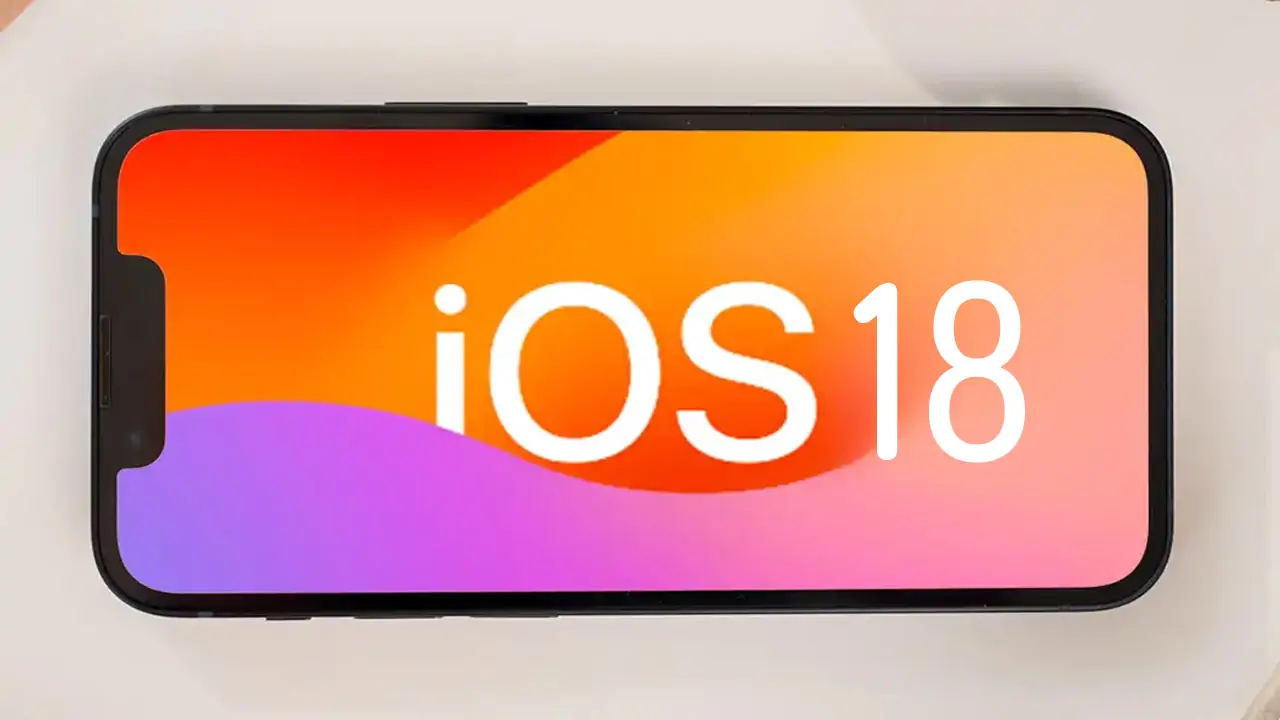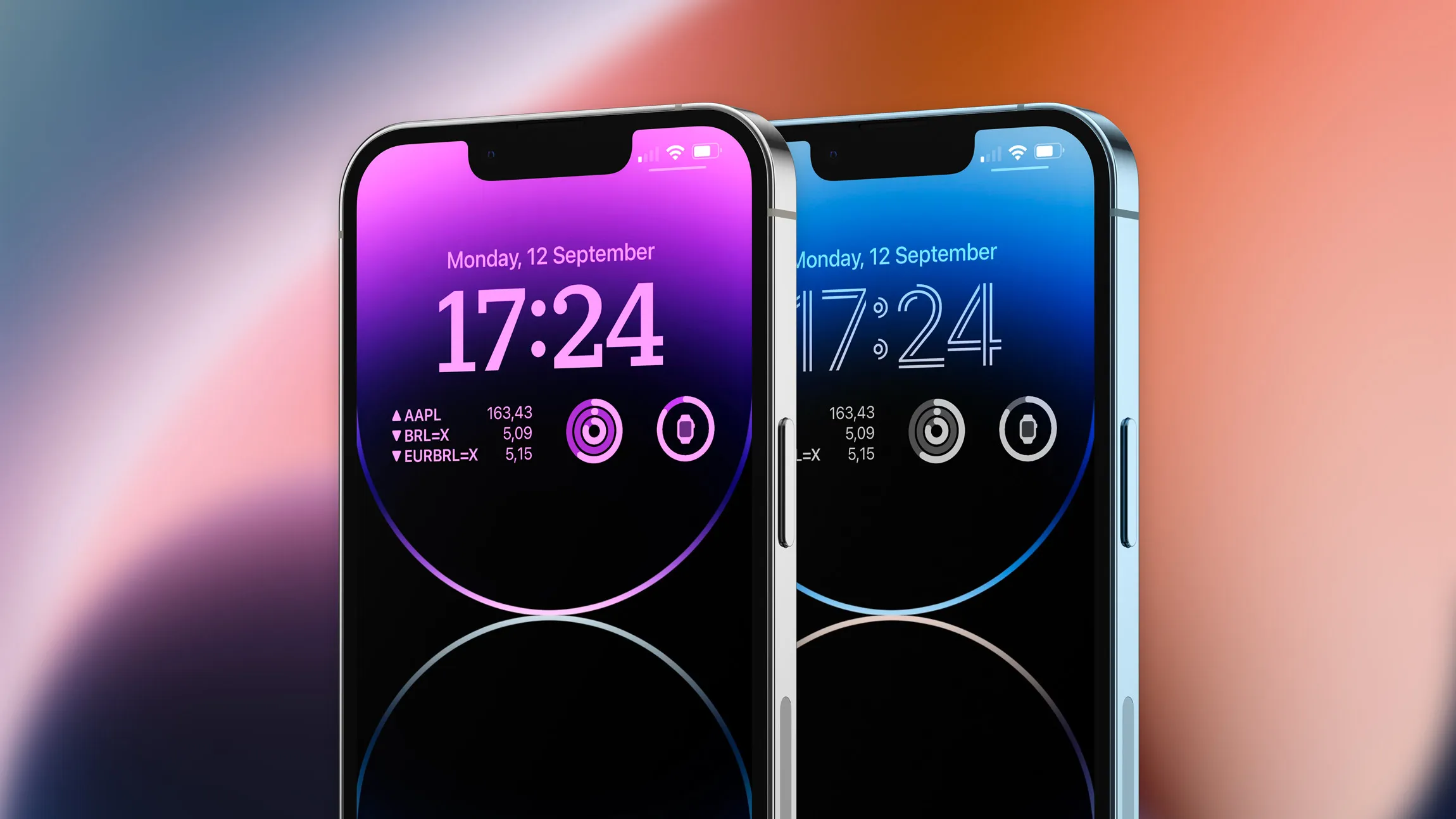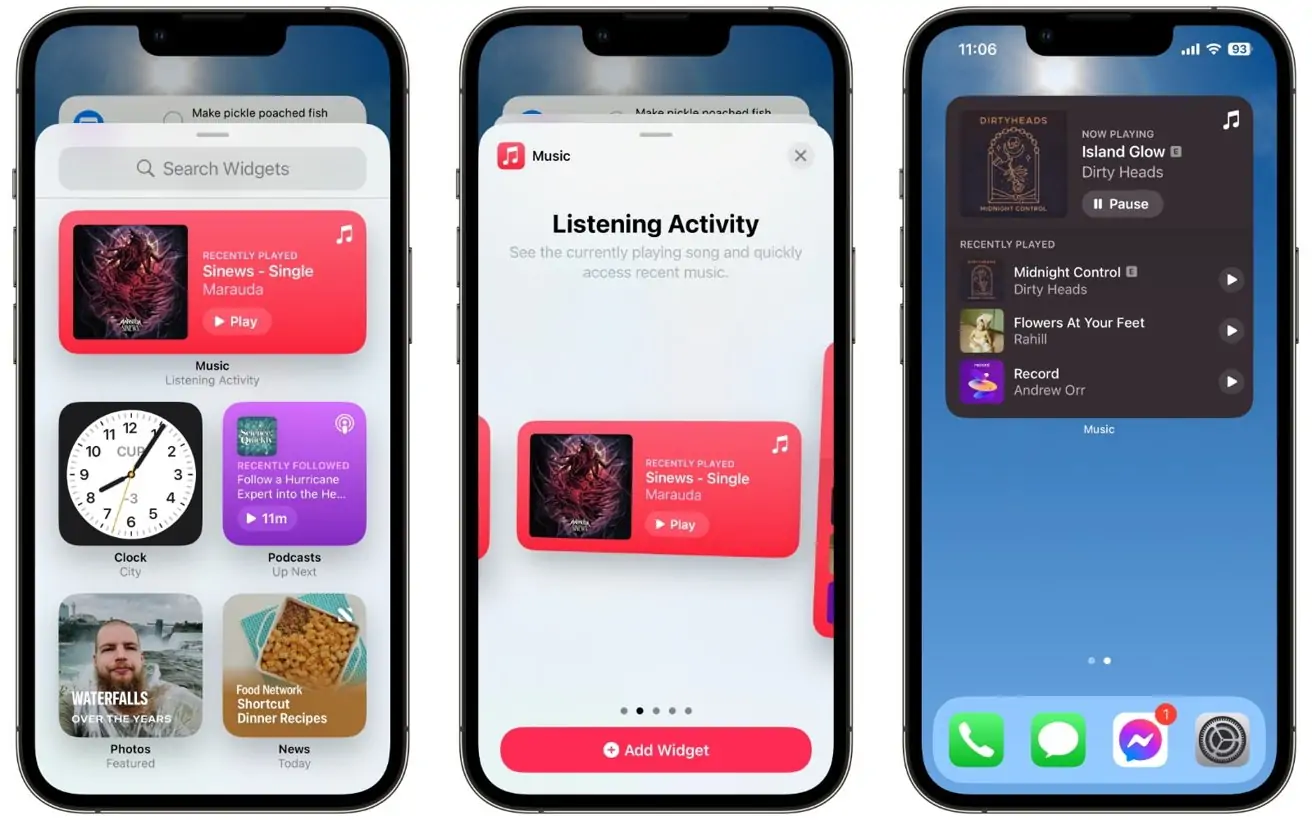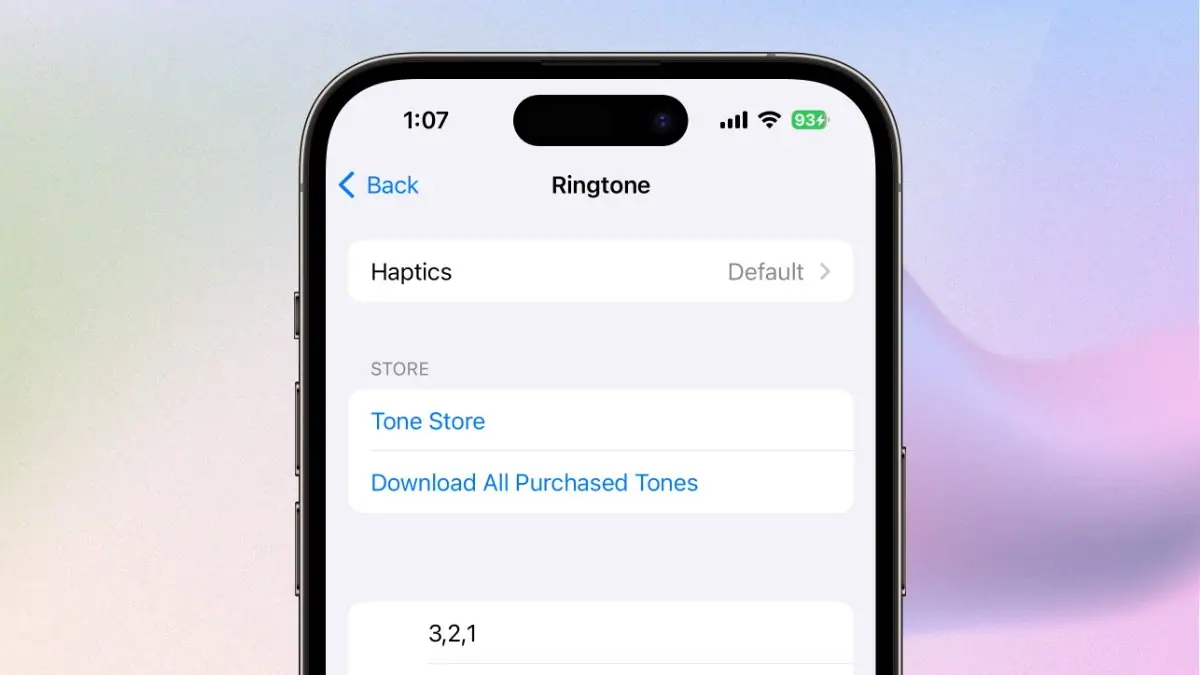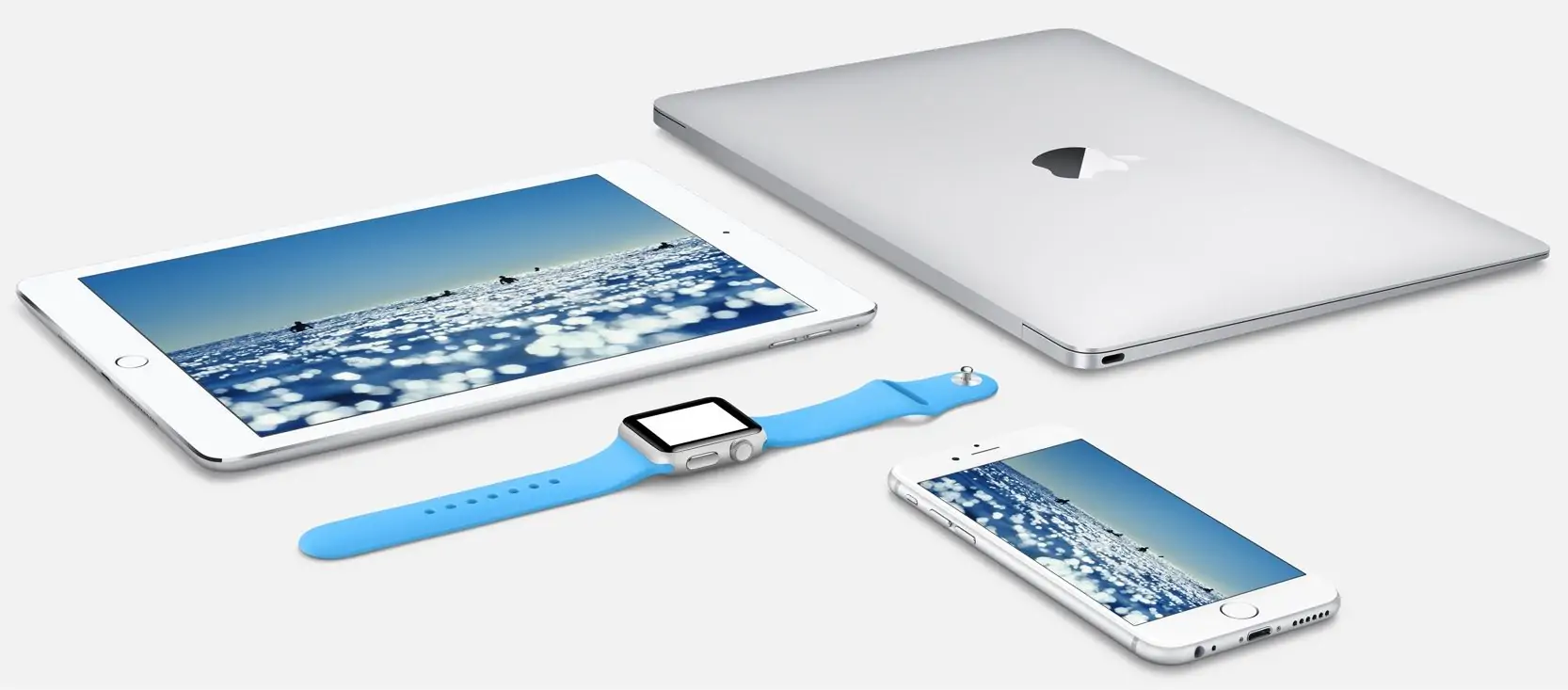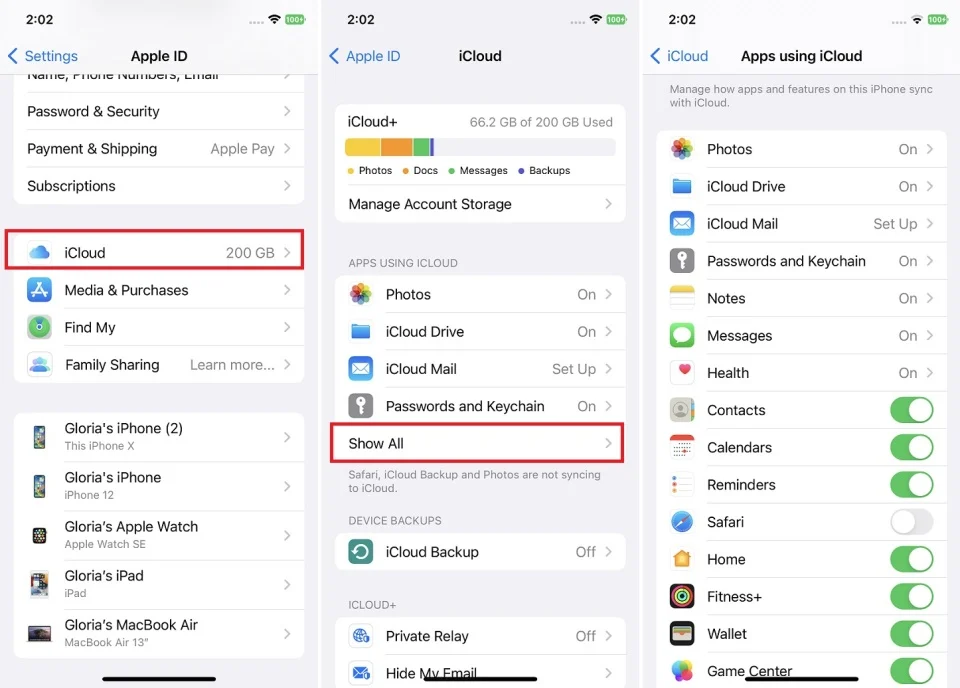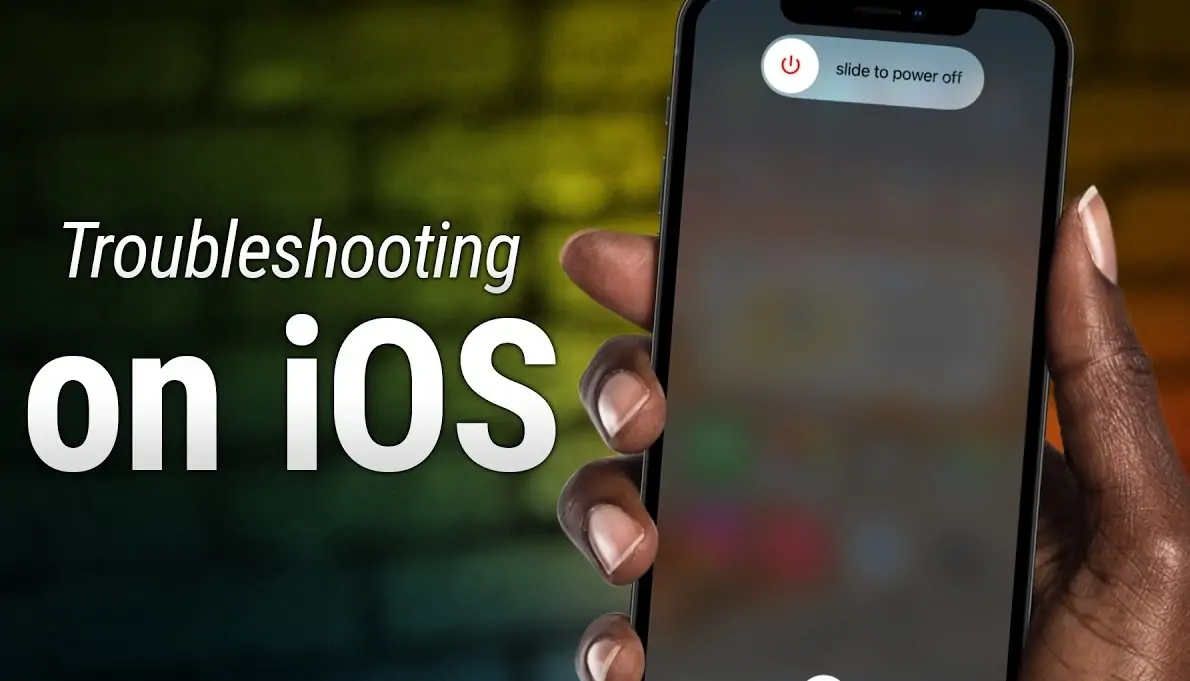Apple iOS is a robust mobile operating system developed exclusively for Apple hardware, including the iPhone, iPad, and iPod Touch. Known for its user-friendly interface, seamless performance, and top-notch security features, iOS has garnered a significant share of the mobile OS market. Its importance is highlighted by its widespread adoption and continuous innovation, making it a popular choice among consumers and developers. With each update, Apple introduces new features and enhancements that keep iOS at the forefront of technology. The operating system’s influence extends beyond mobile devices, shaping the broader landscape of digital interaction and connectivity.
Key Details of Apple iOS Operating System
| Attribute | Details |
| Initial release date | June 29, 2007 |
| Developer | Apple |
| Licence | Proprietary software, Apple Public Source License |
| Programming | Swift, C, C++, Assembly language, Objective-C |
| Available in | 41 languages |
| Latest preview | 18.0 beta 2, 17.6 beta (21G5052e) (June 17, 2024) |
| Latest release | 17.5.1 (21F90) (May 20, 2024) |
History of Apple iOS
Apple iOS originated from the desire to create a mobile operating system that could harness the power and simplicity of Apple’s desktop OS. Initially released on June 29, 2007, alongside the first iPhone, iOS revolutionized the smartphone industry with its intuitive touch interface and robust ecosystem. Over the years, iOS has evolved significantly, introducing groundbreaking features such as the App Store, Siri, and advanced privacy controls.
Key milestones include the launch of the App Store in 2008, the introduction of multitasking in iOS 4, and the debut of Face ID with iPhone X in iOS 11. Major updates continue to push the envelope, with iOS 14 bringing home screen widgets and App Library and iOS 16 enhancing user customization and privacy features. Each iteration of iOS not only refines the user experience but also sets new standards in mobile technology.
Core Features of Apple iOS
User Interface and User Experience
- Intuitive Design: iOS is renowned for its sleek and user-friendly interface, allowing easy navigation through gestures and touch controls. The consistent and clean design ensures that users can interact with their devices seamlessly, making technology accessible.
- Accessibility Features: Apple strongly emphasizes accessibility, ensuring everyone can use its devices effectively. Features like VoiceOver provide screen reading capabilities, while Magnifier and AssistiveTouch offer additional support for users with disabilities. These tools are designed to make iOS devices inclusive and usable for all individuals.
Built-in Applications
- Messages: The Messages app in iOS is a robust platform for communication, allowing users to send text messages, photos, videos, and effects. Integrating iMessage offers seamless messaging across Apple devices, enhancing the user experience.
- Safari: Safari is the default web browser on iOS, known for its speed and security. It includes features like Reading List, Private Browsing, and iCloud Tabs, making it easy for users to browse the web efficiently and safely.
- Photos: The Photos app provides powerful photo and video editing tools, and organization features like Memories and iCloud Photo Library. These features help users manage their media effortlessly and creatively.
Security and Privacy
- Data Protection: iOS is built with advanced encryption to protect user data. Regular security updates ensure that devices are protected against new threats and maintain the integrity and confidentiality of user information.
- App Permissions: iOS offers granular control over app permissions, allowing users to manage what data and features apps can access. Features like the App Privacy Report provide transparency, giving users insight into how their data is used.
Performance and Stability
- Speed and Efficiency: iOS is optimized for smooth and fast performance across all devices. The operating system efficiently uses system resources to maintain speed and ensure a responsive user experience, even on older devices.
- Battery Management: Intelligent battery management features in iOS help users get the most out of their battery life. Tools like Battery Health monitor battery performance and provide recommendations to optimize battery usage, ensuring devices stay powered longer throughout the day.
iOS Architecture
Core OS Layer
The Core OS layer is the foundation of the iOS architecture. It provides essential services such as memory management, file system handling, and network operations. It includes low-level features like the kernel, drivers, and hardware interfaces that ensure the device’s efficient and secure operation.
Core Services Layer
Sitting above the Core OS layer, the Core Services layer provides applications with fundamental services such as data management, networking, and inter-application communication. This layer includes frameworks like Core Foundation, Core Data, and CloudKit, which enable developers to handle data storage, application state, and cloud-based services efficiently.
Media Layer
The Media layer handles graphics, audio, and video technologies, providing a rich multimedia experience for iOS users. It includes frameworks such as Core Graphics, Core Animation, AVFoundation, and Metal. These frameworks allow developers to create visually stunning applications with advanced graphics and high-quality audio and video playback.
Cocoa Touch Layer
The Cocoa Touch layer sits at the top of the iOS architecture, providing the necessary tools and frameworks for building the user interface and responding to user inputs. This layer includes UIKit, which offers a comprehensive set of UI components, event-handling mechanisms, and other frameworks like MapKit and NotificationCenter. The Cocoa Touch layer enables developers to create interactive, responsive, intuitive applications that enhance the user experience.
List of All iOS Versions
Apple iOS 1.0
Initial Features and Reception
- Introduced on June 29, 2007, with the first iPhone.
- Featured a touch interface, Safari web browser, and core apps like Mail and Maps.
- Received acclaim for its revolutionary design and user experience.
Apple iOS 2.0
New Features and Improvements
- Launched on July 11, 2008, alongside the iPhone 3G.
- Introduced the App Store, allowing third-party apps to be downloaded and installed.
- Included support for Microsoft Exchange and push email.
Apple iOS 3.0
Major Enhancements
- Released on June 17, 2009.
- Added copy and paste functionality, MMS support, and Spotlight search.
- Improved overall system performance and stability.
Apple iOS 4.0
Key Additions and Changes
- Introduced on June 21, 2010.
- Enabled multitasking, allowing apps to run in the background.
- Added folders for app organization and a unified inbox for Mail.
Apple iOS 5.0
Major Features and Updates
- Launched on October 12, 2011.
- Introduced Notification Center, iMessage, and iCloud integration.
- Included new features like Reminders and Newsstand.
Apple iOS 6.0
Notable Changes and New Features
- Released on September 19, 2012.
- Replaced Google Maps with Apple’s own Maps app and introduced Passbook.
- Added features like Facebook integration and Siri improvements.
Apple iOS 7.0
Significant UI Changes and Features
- Launched on September 18, 2013.
- Featured a complete design overhaul with a flatter, more modern look.
- Added Control Center, AirDrop, and improved multitasking.
Apple iOS 8.0
Major Updates and Integrations
- Released on September 17, 2014.
- Introduced HealthKit for health and fitness apps and HomeKit for smart home integration.
- Included new features like QuickType and Family Sharing.
Apple iOS 9.0
New Features and Improvements
- Launched on September 16, 2015.
- Introduced Proactive Assistant for context-aware suggestions and multitasking on iPad.
- Improved performance battery life and added Low Power Mode.
Apple iOS 10
Key Additions and Changes
- Released on September 13, 2016.
- Introduced rich notifications redesigned lock screen, and the Home app for HomeKit devices.
- Enhanced Messages with stickers and effects.
Apple iOS 11
Major Features and Updates
- Launched on September 19, 2017.
- Introduced the Files app for managing files and ARKit for augmented reality apps.
- Enhanced multitasking and drag-and-drop functionality on iPad.
Apple iOS 12
Notable Changes and New Features
- Released on September 17, 2018.
- Focused on performance improvements, especially on older devices.
- Introduced Screen Time for tracking and managing device usage.
Apple iOS 13
Significant UI Changes and Features
- Launched on September 19, 2019.
- Introduced system-wide Dark Mode and enhanced privacy features like Sign in with Apple.
- Added new Photos editing tools and revamped Maps.
Apple iOS 14
Major Updates and Integrations
- Released on September 16, 2020.
- Introduced home screen widgets, App Library for app organization, and Picture-in-Picture.
- Enhanced privacy controls and added features like the Translate app.
Apple iOS 15
New Features and Improvements
- Launched on September 20, 2021.
- Introduced Focus modes for customized notification management and SharePlay for shared experiences in FaceTime.
- Improved Maps, Weather, and Wallet apps.
Apple iOS 16
Key Additions and Changes
- Released on September 12, 2022.
- Added customizable lock screens with widgets and Live Activities for real-time app updates.
- Enhanced Messages with new editing and undo send options.
Apple iOS 17
Overview of the Newest Features and Improvements
- Released on September 18, 2023.
- Introduced advanced AI features, enhanced AR capabilities, and new health monitoring tools.
- Focused on improved user customization and seamless device integration.
Apple iOS 18
Overview of the Newest AI Features and Improvements
- Expected to be released in 2024.
- Anticipated introduction of next-generation AI features, improved Siri capabilities, and deeper integration with Apple’s ecosystem.
- Continued focus on privacy, security, and enhanced user experience.
Upcoming Features and Beta Releases
Expected Innovations
The upcoming iOS beta releases promise several exciting innovations to keep the platform at the forefront of mobile technology. Advanced augmented reality tools are set to enhance interactive experiences, allowing users to engage with their surroundings in new and immersive ways. New integrations with smart home devices will expand the ecosystem’s connectivity, making it easier for users to manage their homes directly from their iOS devices. These upcoming features demonstrate Apple’s ongoing commitment to innovation and user satisfaction.
User Feedback from Beta Versions
User feedback from the beta versions of iOS has been overwhelmingly positive, highlighting the value of the new features and performance improvements. Beta testers have praised the increased customization options, which allow for a more personalized user experience. The seamless integration of new AI capabilities has been well received, with users noting significant enhancements in Siri’s responsiveness and understanding. Enhanced security measures have also garnered favorable reviews, as users appreciate the additional layers of protection and transparency. Constructive feedback from these early adopters is invaluable, helping Apple refine and perfect the final release, ensuring a polished and user-friendly experience for all.
Customization and Personalization
Themes and Wallpapers
- Wide variety of themes and wallpapers to choose from
- Ability to use personal photos as wallpapers
Widgets and App Icons
- Customizable home screen widgets for quick access to information
- Option to change app icons for a personalized look
Custom Ringtones and Notifications
- Ability to set custom ringtones and notification sounds
- Option to create personalized alert tones for different contacts and apps
Integration with Apple Ecosystem
Seamless Connectivity with Other Apple Devices
iOS offers seamless connectivity with other Apple devices, ensuring a smooth and cohesive user experience. Users can easily switch between their iPhone, iPad, Mac, and Apple Watch, with data and activities synchronized across all devices.
Handoff and Continuity
Handoff and Continuity features allow users to start a task on one Apple device and continue it on another without interruption. For example, users can begin composing an email on their iPhone and finish it on their Mac or answer phone calls and texts from their Mac or iPad.
iCloud Synchronization
iCloud provides seamless synchronization of data across all Apple devices. Photos, documents, app data, and more are automatically backed up and accessible from any device, ensuring that users always have the latest information at their fingertips.
Compatibility with Third-Party Apps and Services
iOS is designed to be compatible with a wide range of third-party apps and services. This compatibility allows users to integrate their favorite apps and services into the Apple ecosystem, enhancing productivity and convenience while maintaining a consistent user experience.
Common Issues and Troubleshooting
Frequent User Complaints
Common issues reported by iOS users include battery drain, app crashes, connectivity problems (Wi-Fi and Bluetooth), and performance slowdowns. Users also occasionally face issues with software updates, such as errors during installation or post-update glitches.
Basic Troubleshooting Steps
For battery drain, users can check battery usage statistics to identify problematic apps, reduce background activity, and adjust settings like screen brightness. To address app crashes, restarting the app, updating it to the latest version, or reinstalling it can often resolve the problem. Connectivity issues can typically be fixed by toggling Wi-Fi or Bluetooth off and on, forgetting and reconnecting to networks, or restarting the device. Performance slowdowns might be improved by closing unused apps, clearing cache, or freeing up storage space.
Conclusion
iOS has evolved significantly since its inception, offering a user-friendly interface, robust security, and a wide range of features that enhance the overall mobile experience. Staying updated with the latest iOS features is crucial for maximizing device performance, security, and functionality. The continuous innovations and improvements introduced in each version have solidified iOS’s position as a leading mobile operating system. Its impact on the mobile industry is profound, setting high standards for usability, security, and integration. As iOS advances, it remains a cornerstone of modern mobile technology, shaping the future of digital interaction.
